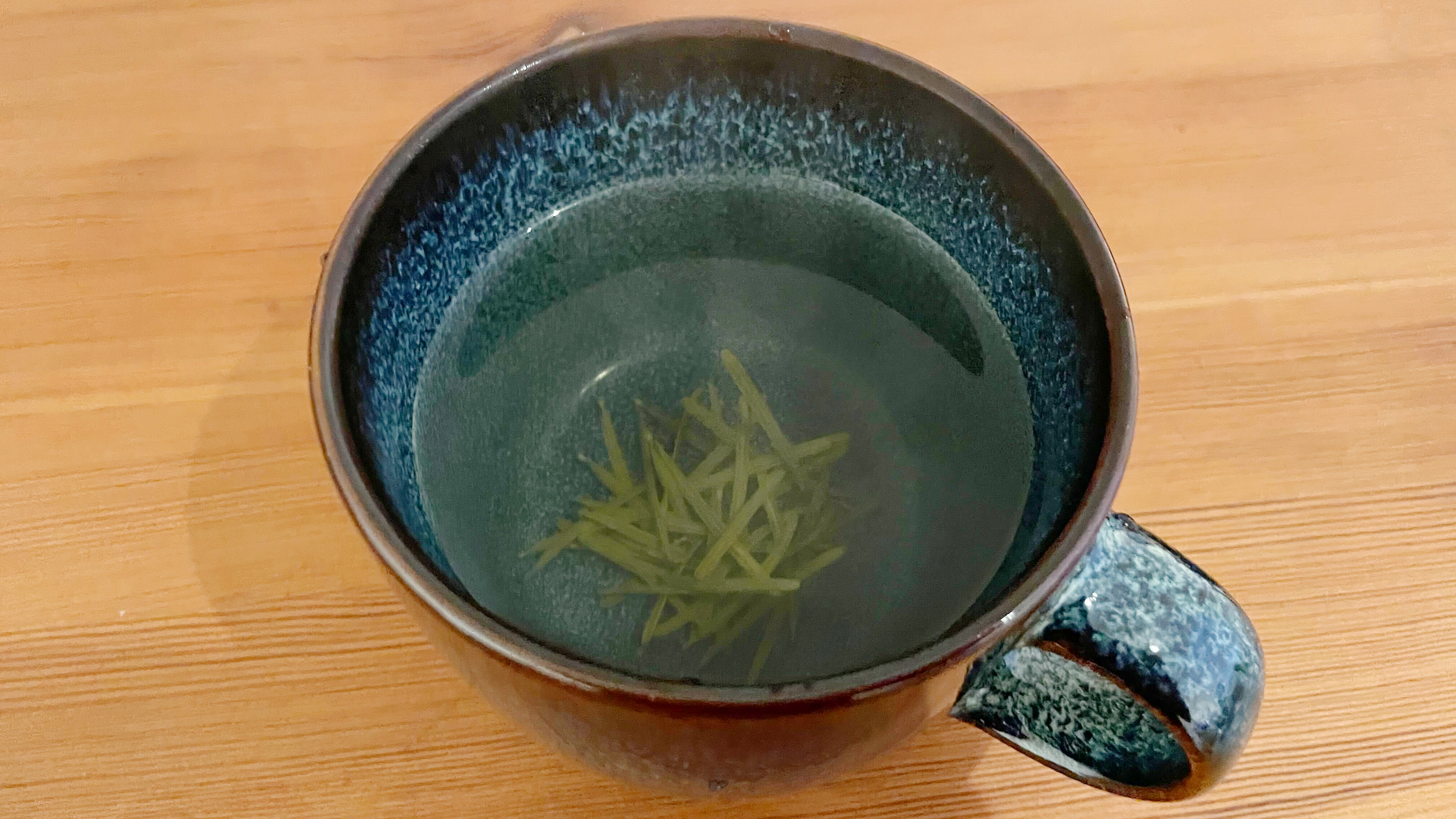Don't throw out your Christmas tree just yet! There are several surprising ways to reuse your Christmas tree after it has served its original festive purpose. My favorite way to reuse the tree is to make a healthy and delicious drink out of the needles. The needles can be gathered after Christmas and can be consumed as tea to help treat colds & flu, but it's also a tasty drink in its own right.
As someone who is actively trying to practice a "zero waste" lifestyle, I was curious about any possible ways of repurposing my Christmas tree after the holidays are over. To my surprise, I found many ways to reuse the pine needles from spruce and fir trees - it turns out they can be used for everything from tea to fire starters, and the branches can be composted or mulched for my garden.
I am always looking to learn something new, so researching the various varieties of pine trees and their uses was really interesting. I know that harvesting and preparing my pine needles to be used throughout the year will also be a great way to occupy my time as well.
Excited to try fresh pine needle tea, I harvested some from the base of my tree (so as not to ruin the look) and started brewing a fresh pot. I originally wondered how the tea would taste, assuming that it would taste bitter or chemically. However, I found that the taste was mellow and floral, and can be enhanced with honey for a little extra sweetness. I was happy to be able to use basic equipment that I had at home, needing only some scissors, a pot for boiling and my regular electric cooktop.
If you want to begin boiling your own tea then be sure to check out our guide to the best electric cooktops.
Why you should try pine needle tea
Pine needles are high in vitamin C, which is excellent for treating colds and flu during the cold winter. It also cuts down on waste and tastes great (in our opinion). Dried pine needles also have a very long shelf life, as they can be stored in jars or food storage boxes in the cupboard without spoiling.
Pine needles also have many other uses besides tea, so they can always be useful to have. Edible firs (the most common type of Christmas tree) and spruces have a pleasant floral, citrusy taste that can be made into infused syrups and used in bear claws and other pastries.
How to harvest pine needles from your spruce or fir
Pine needles that fall off of your spruce or fir tree throughout the Christmas period are perfectly fine to gather up and use. Simply pick them up, rinse them and spread them out to dry on a tray. They can be air-dried, or put in the oven on low heat if you want to dry them quicker (this will also make your house smell good).
Needles can also be cut off of the tree with scissors - dry ones can sometimes be quite pointy so be careful not to prick your fingers when doing so, you can wear thick gloves to avoid this if you wish.

Not all pine needles are safe to consume
It's important to note that not all pine needles are safe to consume. If your tree is a yew tree, then this should not be consumed as they are poisonous. Yew trees are quite distinct (they have flaky bark and thicker softer pines) and aren't commonly used as Christmas trees. Spruces and firs are usually used for Christmas trees - both of which are perfectly fine to consume. However, if you're unsure on what type of tree you have, we would recommend erring on the side of caution and not consuming its needles.
If you have pets, we would also advise owners to ensure that they don't consume pine needles. Dogs can often vomit from consuming them, as they're not easily digested and the sharp leaves can irritate their stomach.
How to store harvested pine needles
Once your pine needles have been cleaned and dried, they can be stored loose in a jar or a food storage box in your cupboard. If you want them to be prepared for drinking, you can order cheap empty teabags online and prepare them for drinking - simply put a teaspoon of pine needles in an empty teabag and store it in a dry jar. Alternatively, a good tea strainer will also work if you don't fancy the hassle of individually packaging the pine needles in teabags.
Once dried and stored correctly, dried pine needles can last for up to two years. This will give you a good supply of pine needles until next Christmas when you can repeat the process again!
9 other uses for pine needles
Pine needles have lots of other uses besides tea. They can make a room smell nice, and they can also add a unique citrusy flavor and fresh aroma to food. Some of our favorite uses are:
1. Make a disinfectant
Pine needles have a piney, fruity scent that's great for making soaps and disinfectants. Simply mix them in with your favorite soap base or infuse them with a natural disinfectant.
2. Use them as a fire starter
The natural oils in pine needles make them a great all-natural fire starter for barbecues and wood burners. One sprig will be more than enough to get a fire going, and adding small amounts will release a beautiful piney aroma.
3. Make Pine needle vinegar or syrup
Pine needles can also be used to flavor vinegar and syrup. For vinegar, add your pine needles to a mason jar and cover it with Apple Cider vinegar. Leave it to infuse for three to four weeks and you will have a delicious, floral vinegar that is high in vitamin C. It is great with salads or for dipping bread.
For the syrup, there are a couple of methods that you can use. Green pine needles can be covered in brown sugar, and when left in a dark cupboard for around one month it will become an unrefined syrup that needs to be sifted and boiled. The end product has floral, citrusy notes and is delicious when made into icing for cakes and pastries (note that you may need to "burp" the jar every few days). If you don't fancy using this method, then you can also leave pine needles in simple syrup or other syrups such as maple to infuse for around 3 weeks.
4. You can bbq and smoke meats with them
If you want your meat to have a citrusy, herbal infusion then throw a few pine needles on top of your bbq or smoker charcoal before smoking or cooking meat. The end result will be beautifully cooked meat with a subtle herbal, citrusy flavor.
5. Use it to freshen up a room
If you want to freshen up a room, simply boil pine needles with cinnamon sticks in a pot and place the steaming infusion in a room to give it a beautiful, fresh aroma.
6. Make pine needle cookies
Pine needle cookies are delicious, and easy to find online - and paired with a pine needle frosting they are great for Christmas. Our favorite thing to make is maple bars, replacing the maple syrup with pine needle syrup.
When cooked pine needles don't taste pungent or perfumey. They taste citrusy and surprisingly floral. When infused in syrup and made into icing or frosting they add a unique fruity flavor to cakes, cookies and pastries.
7. Put pine needle sachets in your drawers
Pine needle sachets made out of tea bags or cheesecloth can be placed inside your drawers to freshen up your clothes. Simply add a small amount to cheesecloth or inside an empty teabag and place them inside your drawers for a piney freshness.
8. Bath with them
You can put pine needles into a hot bath - it is good for the skin and smells amazing.
9. Make a nutritious mulch for your garden
You can use pine needles to make nutritious mulch for your garden. It can be spread over vegetable patches or flower beds to help keep your plants happy and healthy while also promoting growth.
If you have a lot of pine needles already scattered around your garden, or a lot of fallen leaves then the best leaf blowers can help keep your garden clean and tidy.
Discover more guides for the kitchen…
Best compact microwaves
Best over the range microwaves
Best gas ranges

